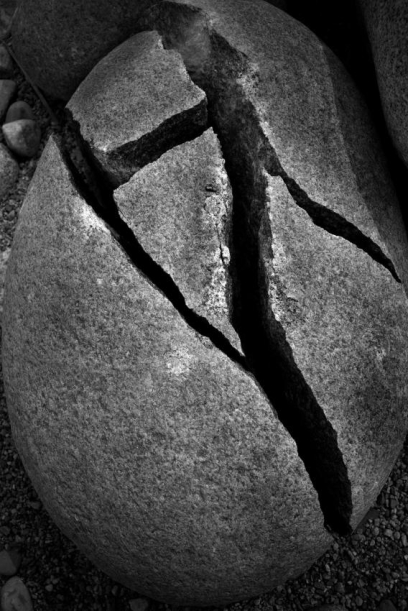
Living Stone: A Community Losing Its Life.
Organization: Majority World
Photographer: Khaled Hasan
Organization: Majority World
Exhibit Title: Living Stone: A Community Losing Its Life.
Location: Bangladesh
The story which I emphasis on is about a hard working community of Jaflong, which is located on the northeastern part of Bangladesh. At dawn every day, more than a hundred little boats with laborers enter the Piyain River, buckets and spades in hand. This is one trade which has a geological limit. The stones that tumble down the riverbed from India are decreasing in volume and the laborers are already taking the risk of invading the no-man’s land along the Indo-Bangla border which is a contradictory political issue between Bangladesh and India. Many laborers were killed by BSF in that border area. More than 5,000 men, women and child stone-laborers are engaged here. Uncontrolled and unstoppable, stone extracting and crushing at Jaflong has been posing a serious threat to public health, and to the environment and agriculture in the area. During my working from 2006 as many as 250 machines are engaged in crushing stone at Jaflong.
I was born in Dhaka, the capital of Bangladesh, in 1981. I started my visual techniques as a Photographer in 2001. I graduated from South Asian Institute of Photography (Pathshala). I always want to show a documentation of a culture with my photographs, to tell a story with my photographs with a messenger of the community. My philosophy is that it is essential for the photographer to create communication and trust with his subjects.
I am worked as a freelancer in several Daily Newspapers in Bangladesh and International Magazines. My photographs has been published in Sunday Times Magazine, American Photo, National Geographic Society, Better Photography, Saudi Aramco World Magazine, Guardian, Telegraph, The Independent and The New Internationalist.
Photography has the visual power to educate by allowing us to enter the lives and experiences of others. Through photography, I hope to help the society to empathize with hidden social, political and environmentally suffered people. My ongoing projects are ‘Jihad, a fighter of Disability’, ‘Living Stone’, and ‘Burning Nature, Warming Earth.’. It is important to realize that no documentation will ever be finished. This work informs my identity that has started from one point but has no ending.
Living Stone: A community losing Its Life.
A Photo Documentary by Khaled Hasan.
“Once upon a time there was a blue River that flowed in Jaflong, but now it is going to lose its natural beauty. Uncontrolled stone-crushing threatens the local people’s health.” – Probal Das, a stone worker.
The story which I emphasis on is about a hard work community of Jaflong, which is located on the north eastern part of Bangladesh. The Piyain River is the main feature and natural beauty of Jaflong which flows from India through Bangladesh. During the monsoon, the river currents wash down precious rocks and pebbles from India into Jaflong area. At dawn every day, more than a hundred little boats with laborers enter the Piyain River, buckets and spades in hand. This is one trade which has a geological limit. The stones that tumble down the riverbed from India are decreasing in volume and the laborers are already taking the risk of invading the no-man’s land along the Indo-Bangla border which is a contradictory political issue between Bangladesh and India. Many laborers were killed by BSF in that Borders Area. More than 5,000 men, women and child stone-laborers are engaged here. Uncontrolled and unstoppable stone extracting and crushing at Jaflong has been posing a serious threat to public health, and to the environment and agriculture in the area. There is no legal protection and no human rights in this Stone Industry. Many children there have been suffering from hearing problems due to the high-pitched sounds of the stone-crushing machines.
During my working from 2006 as many as 250 machines are engaged in crushing stone at Jaflong. Abul Hossain, a local, told me they cannot produce crops on their lands as dusts of crushed stones destroy all their efforts in this regard.
The Bangladeshi government has failed to take any initiative to prevent the stone-crushing industry at Jaflong and the resulting high rate of erosion which is threatening to destroy the adjacent Khasia (indigenous people) villages within the next 5 years. I realize their hassles, I saw their hard work and I saw their happy moments also. So, I want to visualize the facts of this suffering society and their personal feeling through my way in a little space.
Make Comment/View Comments